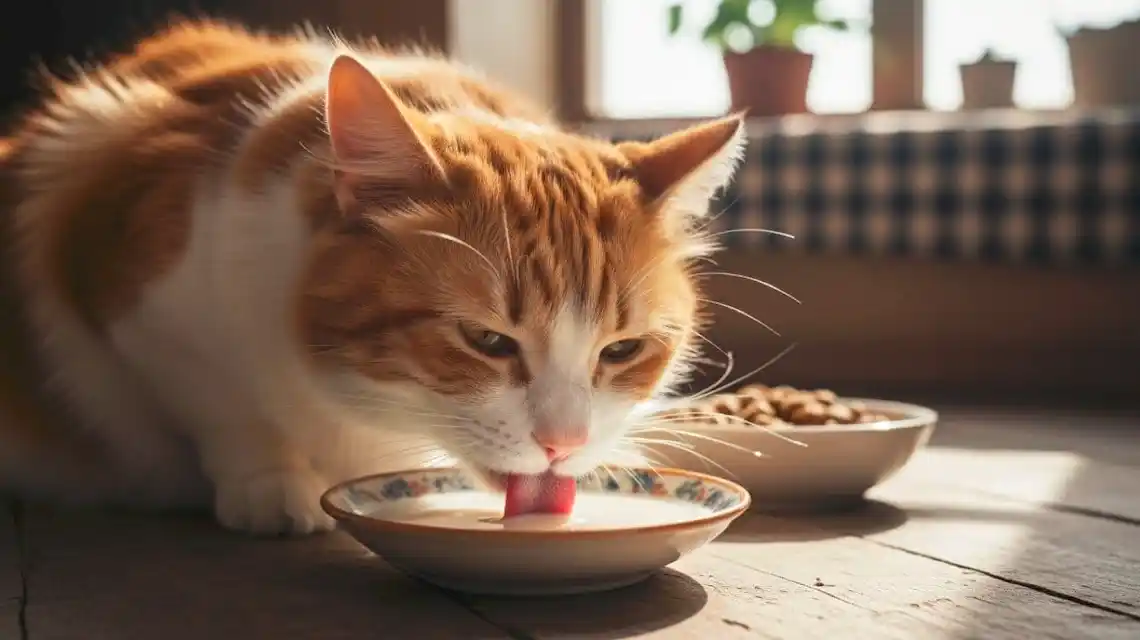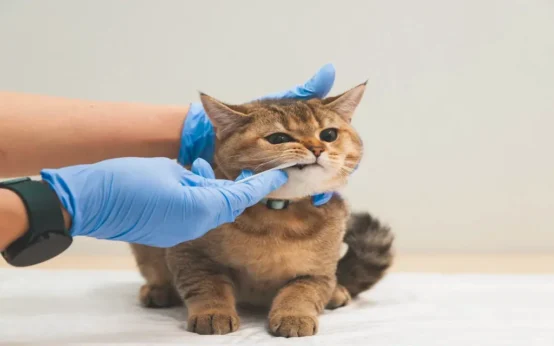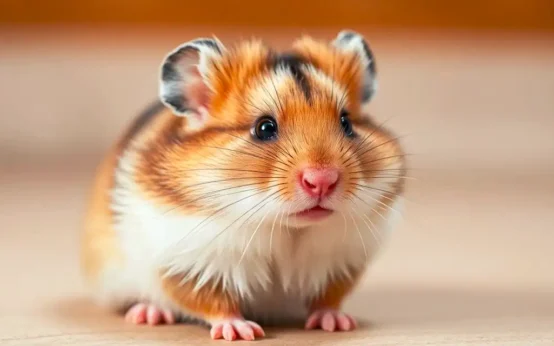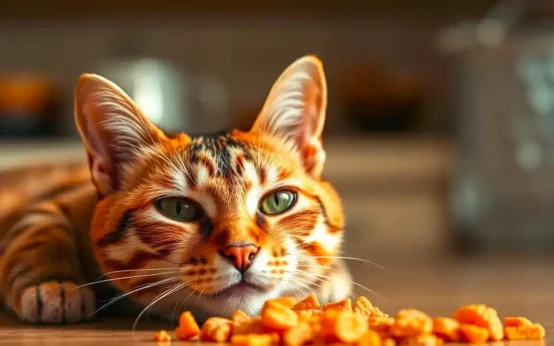Can cats eat milk? You’ve seen the cartoons, a happy cat lapping from a saucer. In real life, most adult cats should not drink regular cow’s milk. It often leads to tummy troubles, messy litter boxes, and even dehydration.
Here’s why it matters. A small treat can turn into a long night for you and your cat. This guide breaks down what really happens after a sip of milk, shows safer options for dairy-loving cats, and shares vet-backed tips for hydration. You’ll get clear answers, practical serving advice, and safe alternatives that satisfy curious taste buds without upsetting a sensitive stomach.
Can cats eat milk? The short answer and why it matters
Short answer, not really. Most adult cats are lactose intolerant, so regular cow’s milk can cause diarrhea, gas, and stomach pain. A few licks might not hurt every cat, but giving a full bowl is risky.
Lactose is the natural sugar in milk. To digest it, the body needs an enzyme called lactase. Kittens have more lactase while nursing, but lactase levels drop after weaning. Adult cats usually do not make enough lactase, so lactose moves through the gut undigested. That invites trouble, like bloating, smelly stools, and urgent trips to the litter box.
Hydration should always come from fresh water, not milk. Milk is not a good thirst quencher for cats, and the side effects can actually pull water from the body. That is dangerous for small, sick, or senior cats.
There are exceptions. Kittens can handle their mother’s milk, and some adult cats tolerate tiny tastes of certain dairy foods. There are also products labeled as lactose-free cat milk that many cats digest more easily. The key is to choose safe options and keep portions small.
What happens in a cat’s body after drinking milk
Milk contains lactose. The enzyme lactase breaks down lactose in the small intestine. Adult cats make little lactase, so lactose passes into the large intestine. There, gut bacteria ferment it, which produces gas and draws water into the colon. That mix leads to loose stool, belly cramps, and a noisy gut.
Diarrhea can cause dehydration, which is especially risky for kittens, seniors, and cats with health issues. The goal is not to scare you, just to explain why milk often backfires. If your cat seems sensitive, skip milk and try safer options.
Are kittens different from adult cats?
Yes. Kittens can digest their mother’s milk because they make more lactase while nursing. That does not mean cow’s milk is a safe backup. The fat, protein, and lactose in cow’s milk are not a match for kitten needs and can upset their stomach.
If a kitten is orphaned, use a kitten milk replacer (KMR), not dairy milk. Most kittens start weaning to solid food by 8 to 10 weeks of age. After weaning, lactase levels drop, and milk tolerance usually fades. By the time they are young teens in cat years, milk is more likely to cause trouble.
Is goat’s milk or raw milk safer?
This is a common myth. Goat’s milk still contains lactose, so it can cause the same stomach upset as cow’s milk. Some cats seem to tolerate it a bit better, but many do not. It is not a safer default.
Raw milk adds another problem. It may carry harmful germs, like Salmonella or E. coli. That brings infection risk without fixing the lactose issue. Pasteurized milk removes most germs, but it still contains lactose. If your cat begs for dairy, there are better options with far less risk.
Safe options and portion tips if your cat loves dairy
If your cat tries to swipe cream from your coffee, you are not alone. Some cats love the taste of dairy fat. The trick is to pick options that are easier on the gut, keep portions tiny, and watch for signs of stomach upset.
Good choices include lactose-free cat milk products, which are formulated for pets. Plain, unsweetened yogurt or kefir may work for some cats because the live cultures help break down lactose, but only offer a teaspoon at a time. A few crumbs of hard cheese can be okay for certain cats, since hard cheeses tend to have less lactose. Every cat is different, so go slow and test tolerance.
Avoid flavored or sweetened dairy. Watch for xylitol, a sweetener that is toxic to pets. Skip whipped cream and heavy cream, since high fat can lead to weight gain and may trigger pancreatitis in sensitive cats.
Plant milks like almond, oat, soy, or coconut are also poor choices. They add little nutrition for cats, and the additives or sweeteners can upset stomachs. Cats are obligate carnivores. Their bodies thrive on meat-based foods, not milk.
Keep dairy as a rare treat, not a daily habit, and always provide fresh water.
Better choices than cow’s milk
- Lactose-free cat milk: Made for pets, usually the best tolerated option.
- Plain, unsweetened yogurt or kefir: Start with 1 teaspoon to test tolerance. Choose products with live cultures and no sweeteners.
- Tiny crumbs of hard cheese: Use as a rare treat only.
Say no to flavored dairy, whipped cream, and any product with xylitol. Avoid almond, oat, soy, and coconut milks. They offer little nutrition for cats and can cause stomach upset.
How much milk can cats have, and how often?
If your cat tolerates dairy, limit it to 1 to 2 teaspoons on occasion, not every day. Offer it after a normal meal, not on an empty stomach, to reduce gulping and gas. Keep fresh water available at all times.
Watch your cat over the next 24 hours. Look for soft stool, diarrhea, vomiting, or changes in energy. If signs appear, stop dairy. Call your vet if symptoms last more than a day, or sooner if your cat seems weak, stops eating, or shows signs of dehydration.
Signs of lactose intolerance to watch for
Common signs include gas, bloating, belly noises, soft stool or diarrhea, vomiting, smelly litter box trips, and low energy. Symptoms often show up 8 to 12 hours after drinking milk.
Call a vet for any red flags, like blood in the stool, repeated vomiting, fever, or signs of dehydration like sticky gums, sunken eyes, or less urination. When in doubt, skip milk and keep your cat hydrated with water.
Healthy hydration and nutrition for cats without milk
Cats do best with fresh water and a complete, balanced diet that meets AAFCO standards. Milk is not needed for hydration or nutrition. In fact, it can upset the stomach and add extra calories without real benefit.
Focus on simple hydration wins. Many cats drink more when water tastes fresh, so change bowls daily and offer more than one. Wet food adds moisture to the diet and helps support kidney health. A pet fountain can also boost sipping, since moving water often feels more inviting to cats.
Cats do not need milk for calcium. Quality cat foods already provide the right balance of calcium and phosphorus. Better treat choices exist, like lickable cat purees or small bits of plain cooked meat. Keep treats modest and your cat’s tummy will thank you.
Best ways to keep your cat hydrated
- Set out fresh water in multiple bowls, and wash them daily.
- Try a cat fountain to encourage sipping.
- Feed some wet food for extra moisture.
- Offer warm water or low sodium broth for picky drinkers, no onion or garlic.
- Skip milk for hydration, it can backfire and cause diarrhea.
Do cats need milk for calcium?
No. Complete cat foods already include calcium and phosphorus in the right ratio. Adding dairy can unbalance the diet and pile on calories. Do not use calcium supplements unless your vet prescribes them.
Avoid bones due to choking risk and possible tooth damage. Cats also need taurine and high quality protein, which come from meat-rich diets, not milk. Trust a balanced cat food to cover these needs.
Better treat ideas than milk
- Lickable purees made for cats.
- A few flakes of cooked, plain chicken, turkey, or salmon, no seasoning.
- A teaspoon of wet food as a simple reward.
- Use puzzle feeders to make treat time fun without extra calories.
Keep treats to less than 10 percent of your cat’s daily calories. Small and simple beats rich and risky.
Conclusion
So, can cats eat milk? Most adult cats should not drink regular cow’s milk, and many feel better without dairy at all. If your cat begs for a taste, choose safer options like lactose-free cat milk, tiny tastes of plain yogurt, or better yet, non-dairy treats made for pets.
Watch for signs of stomach upset, such as diarrhea, vomiting, or low energy. Call your vet if symptoms last more than a day or your cat seems weak or dehydrated. Try a lactose-free option or a healthier treat, and keep fresh water available all day. Your cat can stay happy, hydrated, and comfortable without that saucer of milk.
Related post:
- How Much Does It Cost to Make Homemade Cat Food?
- Do Cats Get Heart Worms?
- How to Train Cat to Not Bite (Step-by-Step Guide)
Can Cats Eat Milk: FAQ
Can cats drink cow’s milk?
Most adult cats shouldn’t. Many are lactose intolerant, which means milk can cause diarrhea, gas, and stomach pain. Water is the safe choice.
Why do many cats get sick from milk?
After weaning, cats make less lactase, the enzyme that breaks down lactose. Undigested lactose pulls water into the gut and ferments, which leads to upset stomach and loose stools.
Can kittens have milk?
Kittens should drink their mother’s milk or a kitten milk replacer. Cow’s milk doesn’t match their needs and often causes digestive issues.
Is lactose‑free milk safe for cats?
It’s safer than regular milk, but still a treat, not a staple. Start with a teaspoon, watch for signs of stomach upset, and keep portions rare and small.
What about “cat milk” products?
These are lactose‑reduced treats made for cats. They’re easier to digest but aren’t complete nutrition. Offer small amounts, not daily meals.
How much milk is okay if my cat begs for it?
If you offer any, limit to a teaspoon or two, once in a while. Stop if you see soft stools, gas, vomiting, or signs of discomfort.
Are yogurt or cheese safer?
Plain yogurt and hard cheeses have less lactose, so some cats tolerate a tiny taste. They still can cause issues and add calories. Avoid flavored or sweetened products.
Is goat’s milk better than cow’s milk?
Not really. It still contains lactose and can cause the same problems. Skip it unless your vet advises otherwise.
Can cats have almond, oat, soy, or coconut milk?
Best to avoid them. They lack nutrients cats need and may contain sugars, oils, or xylitol, which is toxic to pets. Even unsweetened versions can upset the stomach.
Does milk help with hydration?
No. Fresh water is best. Use a clean bowl, add extra bowls around the home, or try a pet fountain to encourage drinking.
What should I do if my cat drank milk and has diarrhea?
Withhold milk, offer water, and monitor. If diarrhea lasts longer than 24 hours, if there’s vomiting, blood, lethargy, or your cat seems painful, call your vet.
Can I hide medicine in milk?
Avoid it. Milk can irritate the gut and may affect how some drugs absorb. Ask your vet about safe pill pockets or other methods.
Could my cat be allergic to dairy?
It’s possible. Signs include itching, ear problems, vomiting, or chronic diarrhea after dairy exposure. Your vet can guide an elimination trial.
Is raw milk safer or healthier for cats?
No. Raw milk can carry harmful bacteria, which can make pets sick. It also still contains lactose.
Does warm milk help a cat sleep?
No. Warm milk may comfort the human holding the bowl, not the cat. A calm routine and playtime before bed works better.
What should I feed a weaned kitten instead of milk?
Use a balanced kitten diet, wet or dry, and provide water. If bottle‑feeding is needed, use a kitten milk replacer, not cow’s milk. Ask your vet for brand and feeding guidance.




 Dog Trick Training for Beginners
Dog Trick Training for Beginners  Gingivitis Cats Symptoms Every Pet Parent Should Know
Gingivitis Cats Symptoms Every Pet Parent Should Know  How to Make Dog Cookies at Home
How to Make Dog Cookies at Home  Wet Food or Dry Food for Cats?
Wet Food or Dry Food for Cats?  What Is the Healthiest Hamster Breed for Your Home?
What Is the Healthiest Hamster Breed for Your Home?  Cat Food Intolerance Symptoms: How To Spot Them Early
Cat Food Intolerance Symptoms: How To Spot Them Early